Vietnam makes significant progress in sustainable finance reforms
These 34 countries account for $42.6 trillion in bank assets—more than 85 per cent of the total bank assets in emerging markets. Some are wealthier than others, but all of them have made progress in advancing sustainable finance.
Vietnam, together with Bangladesh, Brazil, China, Colombia, Indonesia, Mongolia, and Nigeria, have reached an advanced stage by implementing large-scale reforms and putting in place systems to measure results. These reforms require banks to assess and report environmental and social (E&S) risks in their lending operations and put market incentives in place for banks to lend to green projects.
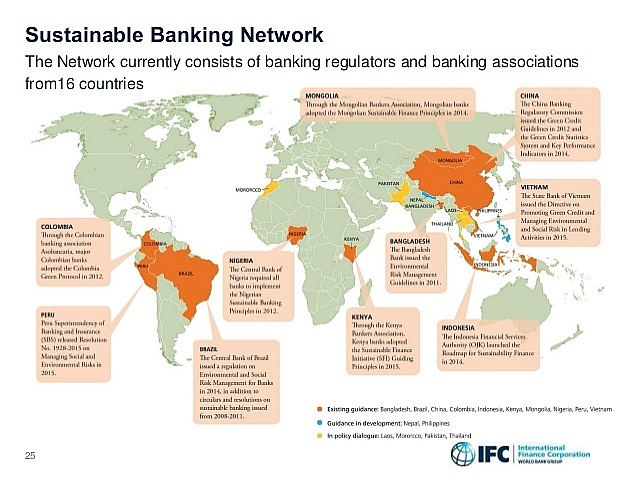 |
| SBV's 2015 Directive has been largely effective to promote green credit |
“This progress is an important step towards achieving the Sustainable Development Goals by 2030,” said Ethiopis Tafara, IFC’s vice president for Legal, Compliance Risk and Sustainability. “It shows that both middle and low-income countries can adopt sustainable finance reforms. SBN has demonstrated in a short time how much can be achieved when regulators, policymakers, trade associations, and development institutions collaborate to advance sustainable finance.”
The report provides practical indicators and tools for countries to apply to their own domestic markets, regardless of their size or stage of development. This is important because it facilitates learning by all members and accelerates the pace of change.
It is based on an innovative results-measurement approach that has been agreed on by all 34 member countries—a remarkable achievement that is breaking new grounds for measuring progress at the global level.
The report recognises the comprehensive nature of the efforts of the State Bank of Vietnam (SBV), including the Directive on Promoting Green Credit Growth and Environmental and Social Risks Management in Credit Granting Activities released in 2015.
The directive seeks to promote the green economy and encourages all credit institutions to incorporate E&S risks into their transactions. The report notes that the Directive also includes a reporting template through which credit institutions can make quarterly quantitative data reports to SBV.
This reporting covers the E&S risk evaluation of credits, other financial products, and green finance flows. The directive covers the banking sector, but could be extended to other financial industry activities, such as insurance and asset management.
In addition, SBV’s efforts, including training programs on sector-specific E&S checklists, have provided specific guidance to banks in managing E&S risks in ten high-risk sectors.
| For the first time, the report provides a concrete picture of what Vietnam has been doing in the area of sustainable finance reform. |
To further stimulate green lending, SBV has released a Green Project Catalogue which defines green sectors and plans to publish guidelines on reporting green finance flows. Additional financial incentives, such as a grant programme, are under consideration to increase green lending.
“For the first time, the report provides a concrete picture of what Vietnam has been doing in the area of sustainable finance reform,” said Ha Thu Giang, deputy director of SBV’s Department of Credit Policies for Economic Sectors. “We appreciate that the report also identifies areas of further focus for Vietnam to continue to promote the growth of finance for green projects.”
What the stars mean:
★ Poor ★ ★ Promising ★★★ Good ★★★★ Very good ★★★★★ Exceptional
Related Contents
Latest News
More News
- Electricity legislation to speed up schemes (January 23, 2025 | 10:53)
- Clean energy developments of scale confirmed (January 23, 2025 | 10:45)
- Online shopping discharges thousands of tonnes of plastic waste each year (January 21, 2025 | 15:51)
- 118 groups trained in greenhouse gas inventory (January 20, 2025 | 17:19)
- Cyclical green energy cluster planned in Quang Binh (January 18, 2025 | 20:17)
- Proposal made for direct purchase of biomass electricity (January 17, 2025 | 17:19)
- Coro Energy puts 47 more rooftop solar sites into operation in Vietnam (January 17, 2025 | 15:42)
- Numbers crunched for nuclear programme (January 17, 2025 | 10:14)
- Offshore wind must be utilised for energy security (January 17, 2025 | 10:07)
- Launching the global map of Vietnamese tree planting (January 16, 2025 | 15:50)




 Tag:
Tag:

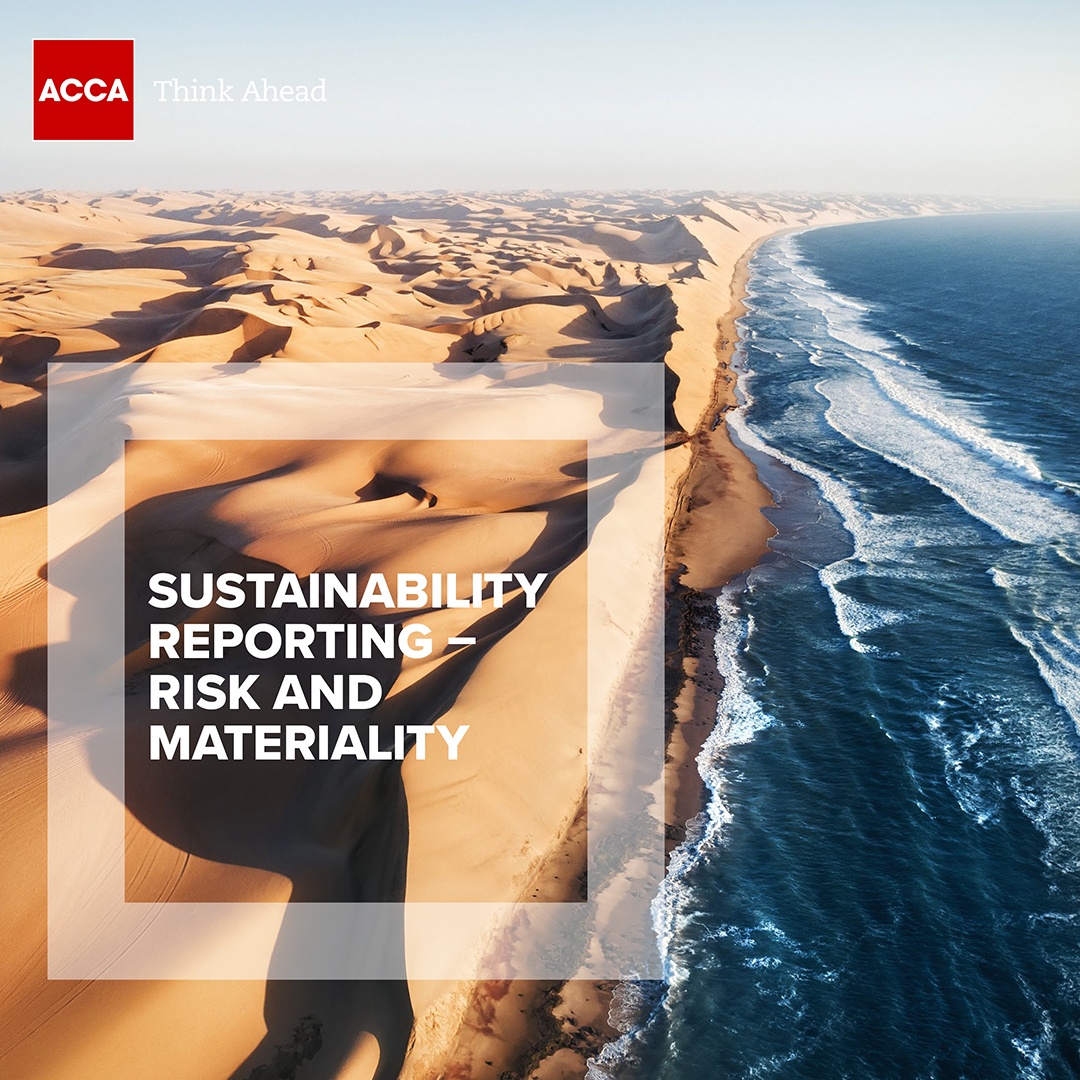
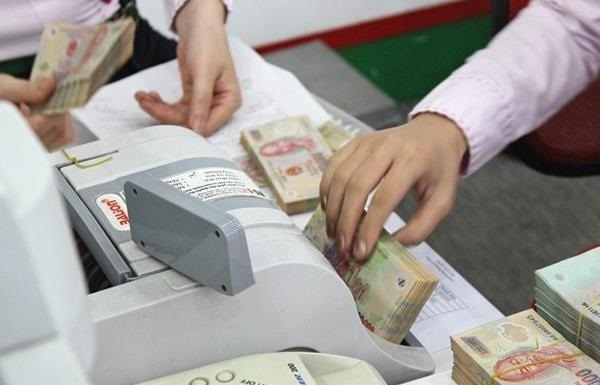



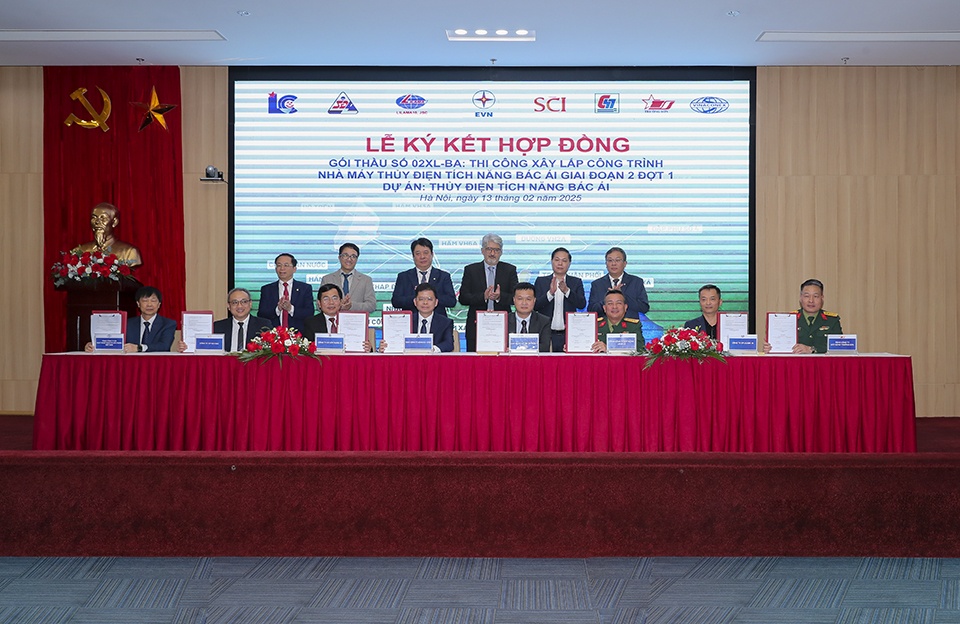


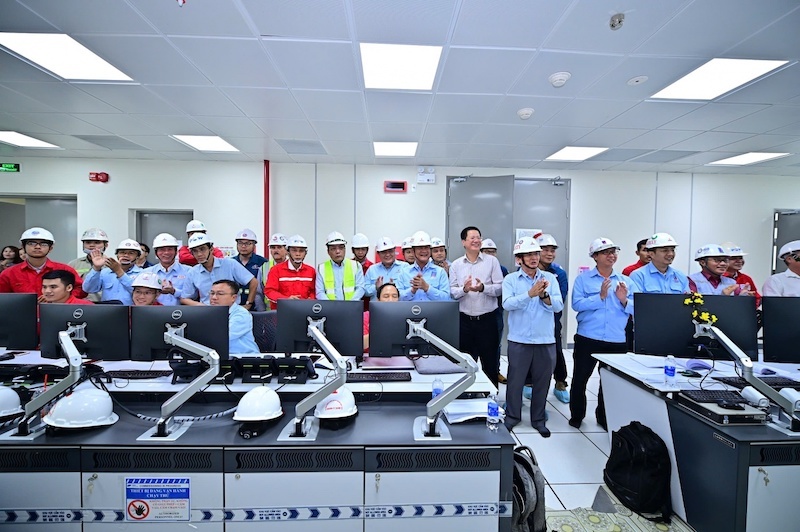



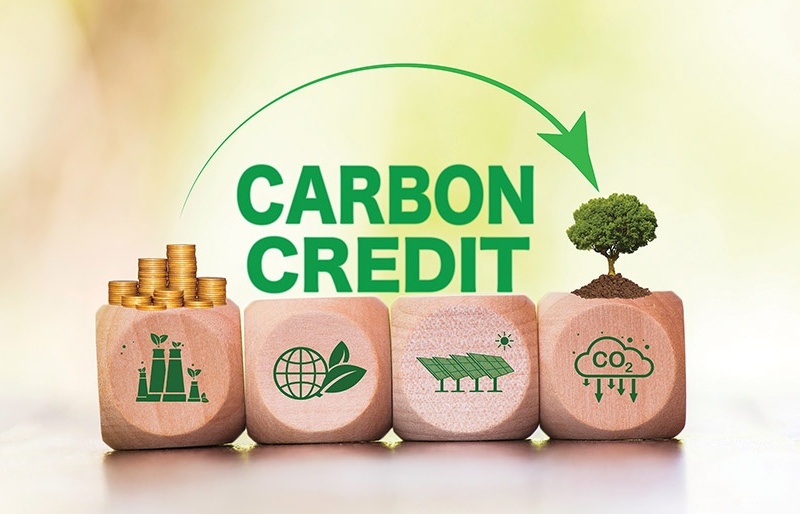





 Mobile Version
Mobile Version